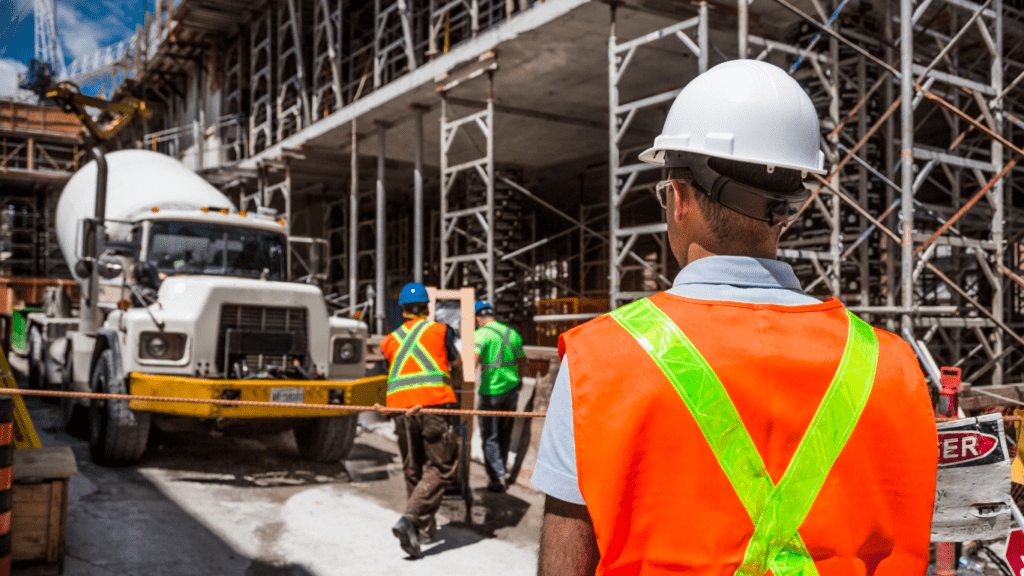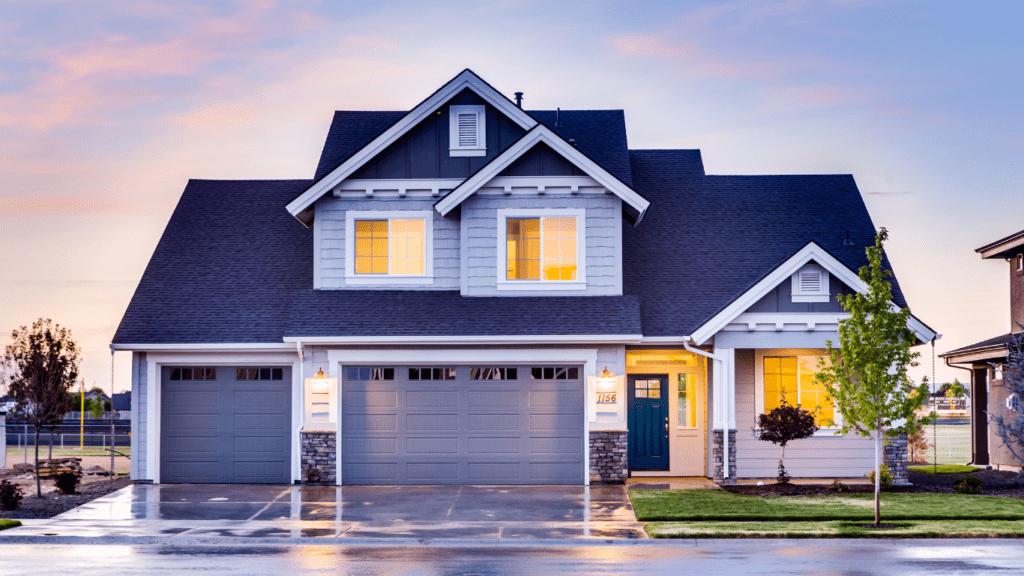Overview of Construction Costs
Construction costs have climbed consistently in recent years, with key drivers being material prices, labor shortages, and regulatory requirements. Data from the National Association of Home Builders (NAHB) shows that the average cost to build a new home has increased by roughly 12% over the past two years. Lumber prices alone spiked by over 50% during 2020, significantly impacting overall budgets.
Material Prices
Materials form a substantial part of construction expenses. Steel, concrete, and wood are essential and have seen price increases. For example, steel prices jumped 20% within a single year due to high demand and supply chain disruptions.
Labor Shortages
A shortage of skilled labor has further complicated the construction sector. The U.S. Bureau of Labor Statistics noted a 35% increase in job openings for construction roles from 2019 to 2021. This scarcity drives wages up, translating to higher costs for home builders.
Regulatory Requirements
Regulations also add to construction expenses. Compliance costs for permits, safety standards, and environmental regulations can add 10-20% to the base cost of a new home. According to NAHB, the regulatory costs for an average single-family home are around $84,671.
| Key Component | Cost Increase |
|---|---|
| Material | 15-50% |
| Labor | 35% increase in demand |
| Regulatory Compliance | 10-20% |
Regional Variations
- Construction costs aren’t uniform across the country.
- Urban areas typically see higher costs due to stricter regulations and higher labor expenses.
- Building in San Francisco is 30% more expensive than in rural areas in Texas.
- Government policies, economic conditions, and market demand all influence these costs.
- By understanding these breakdowns, builders and buyers can better navigate the challenges and opportunities of rising construction costs.
Factors Contributing to Rising Costs
Several key elements have led to the substantial increase in construction costs, impacting both builders and buyers.
Material Prices
Material costs have soared, driving up project budgets. Lumber prices, for instance, surged by over 50% in 2020, significantly affecting construction expenses (e.g., framing, support structures). Steel prices spiked by 20% due to high demand and supply chain disruptions, impacting costs for frames, beams, and reinforcements. Concrete and wood prices have also risen, adding to the financial burden on construction projects.
Labor Shortages
A shortage of skilled labor has exacerbated cost issues. Job openings in the construction sector have increased by 35%, leading to higher wages and operational costs. Builders struggle to find qualified workers, which delays projects and drives up expenses. This shortage includes electricians, carpenters, and plumbers, essential for completing new homes efficiently.
Regulatory Changes
Regulatory compliance adds to the financial strain. Permits, building codes, and environmental regulations can increase base construction costs by 10-20%. For an average single-family home, this equates to approximately $84,671. Urban areas face stricter regulations, further inflating costs. Regulatory changes include:
- updated safety standards
- zoning laws
- energy efficiency requirements
complicating the construction process and increasing expenses.
Impact on New Home Prices

Rising construction costs have led to a direct impact on new home prices. As builders adjust to higher expenses, buyers face increased financial pressures.
Increased Selling Prices
Builders pass on additional costs to buyers. Material prices, which have risen dramatically, contribute to escalated selling prices. For instance, with a 50% increase in lumber costs and a 20% rise in steel prices, builders see a substantial uptick in their base expenses, which translates to higher home prices. Labor shortages and wage hikes, with construction job openings up by 35%, further inflate costs. Compliance with regulations, adding around $84,671 to the average single-family home, also raises selling prices.
Shift Towards Smaller Homes
Builders respond to increasing costs by constructing smaller homes to maintain affordability. Smaller homes require fewer materials, reducing the impact of higher material costs. Lower square footage also translates to less labor required, mitigating the effects of labor shortages and wage inflation. This shift aims to keep new homes within reach for buyers despite the cost pressures in the construction industry.
Effects on Homebuyers
Rising construction costs significantly affect homebuyers, leading to various financial and lifestyle impacts.
Affordability Challenges
New home affordability has become a critical concern due to rising construction costs. Higher material and labor costs directly increase home prices. The National Association of Home Builders (NAHB) reports that a $1,000 increase in home prices can price out over 150,000 potential buyers. Many buyers face difficulties securing larger mortgages, impacting their ability to purchase new homes. Additionally, first-time buyers experience more significant affordability challenges, given their limited financial resources and higher loan-to-value ratios.
Changing Preferences
Amid rising costs, homebuyers’ preferences are shifting. Smaller homes are becoming more popular as they require fewer materials and lower labor costs.
In a 2022 survey by the NAHB, 60% of homebuyers expressed a preference for smaller, more affordable homes compared to previous years. Open floor plans and multi-purpose spaces are now highly sought after, as they offer versatility without increasing square footage.
Another trend includes opting for locations in suburban or rural areas where land and building costs are lower compared to urban areas. Buyers are also prioritizing energy-efficient and sustainable features that can reduce long-term expenses.
By understanding these shifts, I can see how both builders and buyers must adapt to the changing dynamics in the housing market driven by rising construction costs.
Consequences for Builders and Developers
Profit Margins
Rising construction costs directly affect builders’ and developers’ profit margins. Every increase in material prices or labor costs reduces the potential profitability of new projects. For instance, lumber prices have fluctuated significantly over recent years, sometimes doubling or even tripling, which strains budgets. To maintain profitability, builders may either pass these costs onto buyers or cut costs in other areas, impacting overall project quality.
Project Delays
Escalating costs often lead to project delays. When budgets exceed initial estimates, funding gaps may halt construction until additional financing is secured. Labor shortages exacerbate this issue, as finding skilled workers becomes more challenging and expensive. Delays not only increase holding costs but also push back project timelines, affecting market readiness and sales schedules. Projects in high-demand areas face added pressure to complete quickly, yet rising costs create significant hurdles to meeting these deadlines.
Future Predictions
Rising construction costs continue to reshape the housing market, prompting stakeholders to adapt. I’ll explore market adjustments and innovation in construction to forecast future trends.
Market Adjustments
Market adjustments reflect the strategies builders and developers use to mitigate rising costs. Increasing property prices lead to reduced buyer affordability, pushing more potential homeowners toward renting. I see developers shifting focus to multi-family units, targeting urban areas where land is scarce and expensive.
Builders opt for modular and prefab construction to cut down on time and labor expenses. These methods allow for faster project completion, reducing financial strain from prolonged projects.
According to the National Association of Home Builders (NAHB), the modular construction market is expected to grow by 6.3% annually by 2025.
Innovation in Construction
Innovation drives cost efficiency in construction, offering long-term solutions. I notice a growing adoption of green building materials and techniques that reduce reliance on traditional, costlier resources. Using recycled materials or sustainable alternatives lowers material expenses and attracts eco-conscious buyers.
Tech advancements like Building Information Modeling (BIM) and 3D printing enable precision and reduce waste, cutting down overall project costs.
For instance, 3D printed houses use 60% less material than traditional methods, according to a study by the National Institute of Standards and Technology (NIST). Furthermore, AI and robotics are increasingly used for tasks like bricklaying and painting, addressing labor shortages and improving efficiency.


 Herlindalla Hubbard has been a key contributor to Villa Estates Luxe, focusing on the integration of smart home technology within luxury villas. Her innovative ideas and expertise in modern technological trends have enriched the platform’s content, highlighting how these advancements can enhance luxury living and provide added convenience for homeowners. Herlindalla has also played a significant role in creating informative articles and resources that educate users about the benefits of smart technology in property management.
Herlindalla Hubbard has been a key contributor to Villa Estates Luxe, focusing on the integration of smart home technology within luxury villas. Her innovative ideas and expertise in modern technological trends have enriched the platform’s content, highlighting how these advancements can enhance luxury living and provide added convenience for homeowners. Herlindalla has also played a significant role in creating informative articles and resources that educate users about the benefits of smart technology in property management.